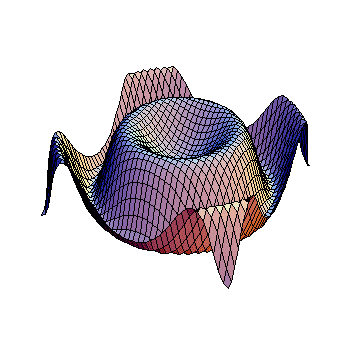How do you evaluate: #lim_(x rarr 0) xsin(1/x)#?
2 Answers
Explanation:
Here's an answer using the squeeze or sandwich theorem.
We know that any sine must be between -1 or 1, or in mathematical terms,
If
Multiplying both sides by
And since
We can use the squeeze theorem to say
Explanation:
Here we are, one year later with a different way to solve this in case somebody comes across this:
If we say
Remember that the sine is always a number between -1 and 1, so when

